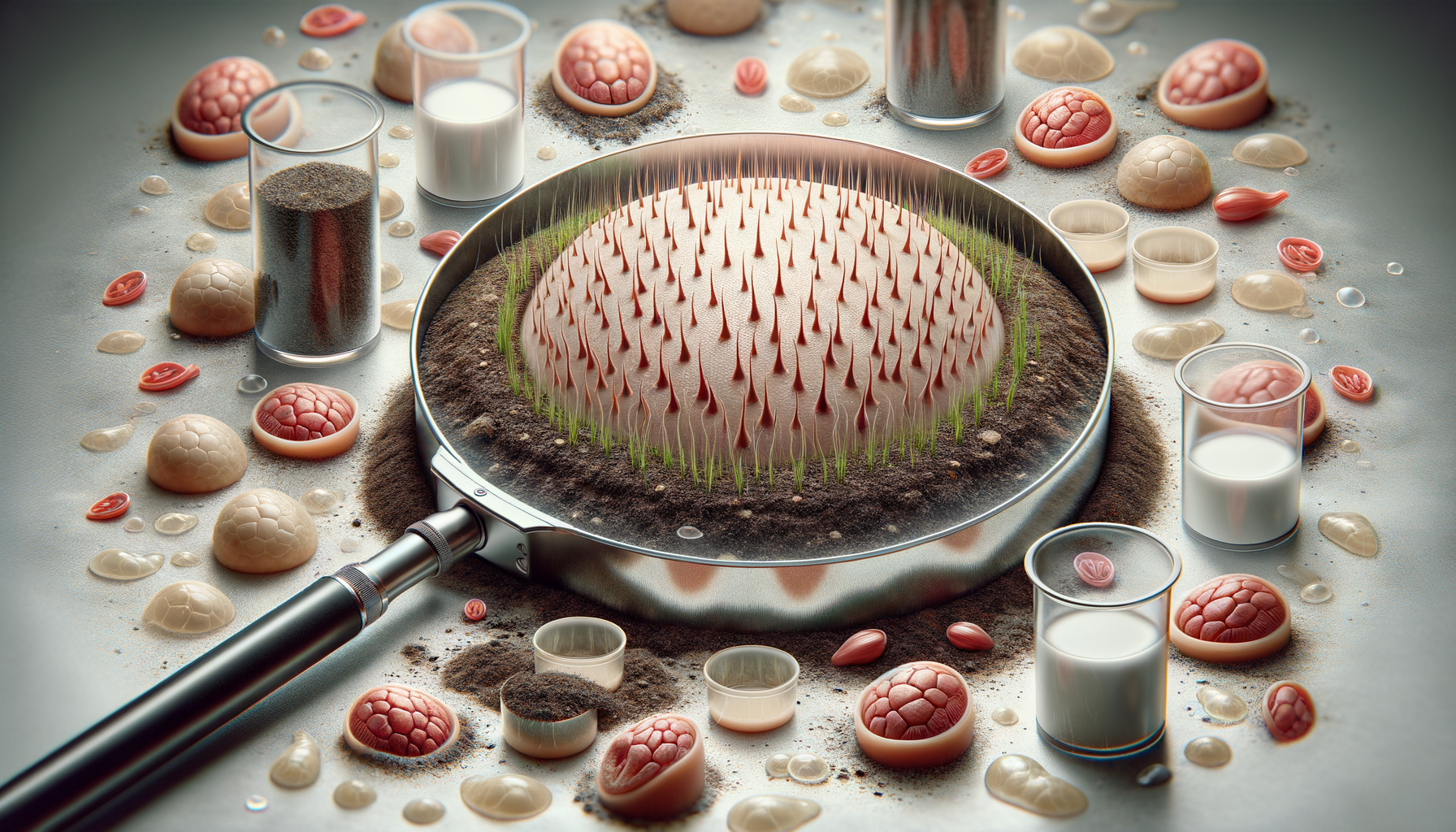
Restore Your Natural Look with Hair Transplant Solutions in the USA
Understanding Hair Transplantation Techniques
Hair transplantation has evolved significantly over the years, providing viable solutions for those experiencing hair loss. Two primary techniques have dominated the field: Follicular Unit Extraction (FUE) and Follicular Unit Transplantation (FUT). Each method has its unique advantages, and understanding them can help individuals make informed decisions.
FUE involves extracting individual hair follicles from a donor site, usually the back of the head, and implanting them into the balding areas. This technique is minimally invasive, leaving tiny, almost invisible scars. Patients often prefer FUE for its relatively quick recovery time and natural-looking results. On the other hand, FUT, also known as the strip method, involves removing a strip of skin with hair follicles from the donor area. The follicles are then dissected and transplanted into the recipient area. While FUT may leave a linear scar, it allows for the transplantation of a larger number of follicles in a single session, making it suitable for individuals requiring extensive coverage.
Both techniques have their merits and potential drawbacks. FUE is ideal for those looking for a less invasive option with minimal scarring, while FUT might be the choice for those needing a substantial number of grafts. Consulting with a qualified specialist is crucial to determine the most appropriate method based on individual needs and hair loss patterns.
The Benefits of Hair Transplantation
Hair transplantation offers numerous benefits beyond the obvious aesthetic improvements. Many individuals report a significant boost in self-esteem and confidence following the procedure. This psychological impact is often as important as the physical transformation, as hair loss can deeply affect one’s self-image and social interactions.
Moreover, hair transplants provide a permanent solution to hair loss. Unlike temporary fixes such as wigs or hairpieces, transplanted hair behaves like natural hair. It grows, can be cut and styled, and does not require special maintenance. This permanence is a major advantage for those seeking a long-term solution.
Another benefit is the natural appearance of the results. With advancements in technique and technology, transplanted hair can mimic the natural growth pattern and density of existing hair, making it difficult to distinguish between native and transplanted hair. This seamless integration is a testament to the precision and skill of modern hair transplant procedures.
Ultimately, the decision to undergo a hair transplant should be based on careful consideration of the potential benefits and a thorough consultation with a medical professional. The procedure can offer a new lease on life for those struggling with hair loss, providing both physical and emotional rejuvenation.
Exploring Non-Surgical Alternatives
For those hesitant about surgical procedures, non-surgical alternatives offer promising options for hair restoration. One popular method is Platelet-Rich Plasma (PRP) therapy. This involves drawing a small amount of the patient’s blood, processing it to concentrate the platelets, and injecting it into the scalp. The growth factors in PRP can help stimulate hair follicles, promoting thicker and healthier hair growth.
Laser therapy is another non-invasive option gaining traction. Low-level laser therapy (LLLT) uses light energy to stimulate cell growth and improve blood circulation in the scalp. This method is often used in conjunction with other treatments to enhance results and support overall scalp health.
While non-surgical options may not provide the same immediate results as hair transplantation, they can be beneficial for individuals in the early stages of hair loss or those looking to complement surgical procedures. Additionally, these alternatives often come with fewer risks and require minimal downtime, making them attractive to those seeking less invasive methods.
It’s essential to consult with a healthcare provider to explore all available options and tailor a treatment plan that aligns with individual goals and expectations. Whether through surgical or non-surgical means, the journey to hair restoration can be a transformative experience, offering renewed confidence and satisfaction.


